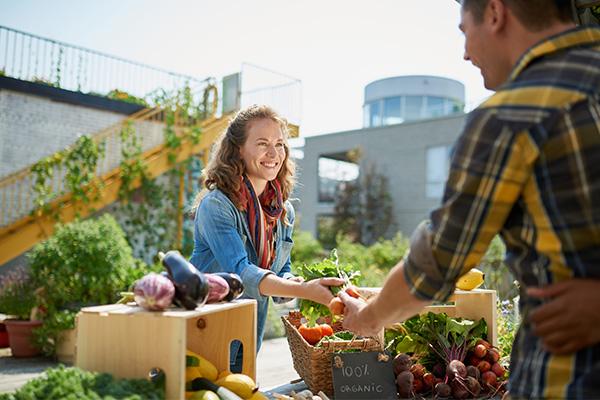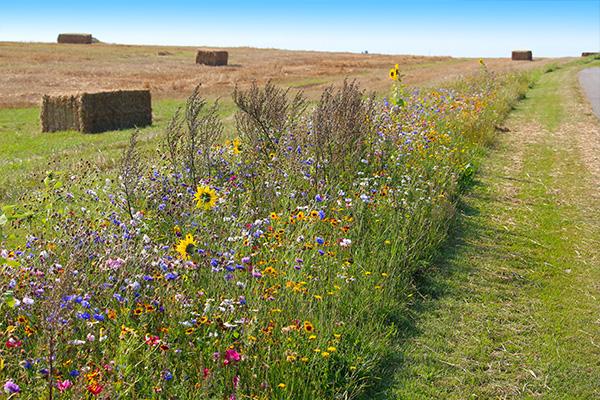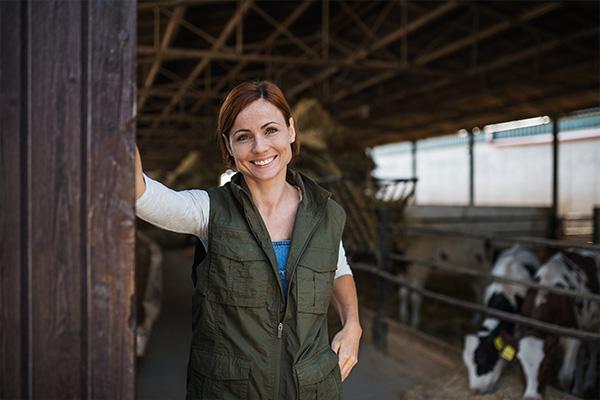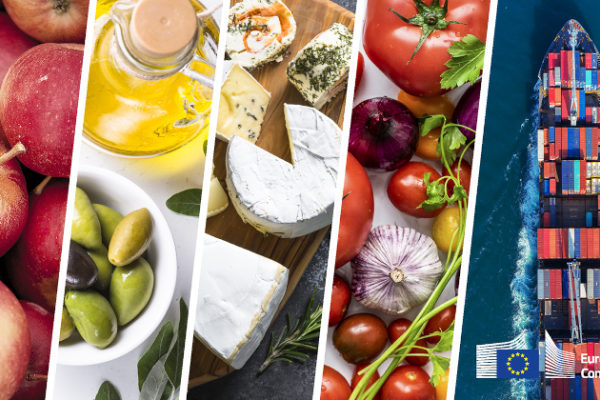The basic income support for sustainability explained
The basic income support for sustainability (BISS) mechanism replaces the basic payment scheme (BPS) and the Single area payment scheme (SAPS) under Regulation (EU) 1307/2013, under the common agricultural policy (CAP) for the 2023-27 programming period.
The BISS mechanism constitutes:
-
a compulsory type of intervention for all EU countries,
-
an annual area-based decoupled payment paid for all the eligible hectares,
-
a payment is granted for each eligible hectare declared by the farmers.
All farmers in the EU have access to the BISS.
CAP 2023-27
EU countries implement the CAP 2023-27 with a CAP Strategic Plan at national level. Each EU member sets quantified targets against key policy objectives and designs "interventions" (types of action) for achieving them, on the basis of an EU-level menu.
CAP Strategic Plans support resilience of the sector by supporting viable farm income through direct payments to active farmers. The Basic income support for sustainability is an annual area-based decoupled payment financed solely by the EU budget, and continues to be the most important CAP tool to support the EU farmer income.
The new CAP 2023-27 income support system includes measures to ensure a fairer distribution of financial support for farmers and workers across the EU.

Decoupling, the environment and animal welfare
As the BISS mechanism is decoupled from production, payments are not related to the actual production on that area. The decoupling of income support was introduced through successive reforms to break the link between support to farmers and the type of products (and quantities) they produce. Decoupling moved the EU agricultural sector towards greater market orientation by giving farmers freedom to produce according to market demand. Simultaneously, the granting of the full income support became increasingly conditioned to the respect of some specific requirements related mainly to environmental and animal welfare aspects.
BISS payments
As a rule, BISS is paid as a uniform amount per eligible hectare declared by an active farmer. However, EU countries having applied payment entitlements (PE) in their former basic payment scheme may decide to continue to use entitlements for granting BISS.
In a system based on payment entitlements, payments will only be granted for eligible hectares for which a payment entitlement has been activated. The amount of the payment will be based on the value of the payment entitlement.
In all cases, BISS payments can be differentiated according to groups of territories with similar socio-economic or agronomic characteristics. In addition, in EU countries using entitlements, the amount per hectare might continue to differ depending on the value of entitlements and subject to the rules on internal convergence.
Aims of the BISS
On average, European farm income remains significantly below the rest of the economy and highly variable. In the EU-27, on average, farmers’ gross income amounts to 53% of the EU average wage in 2020. In 2023-27 decoupled income support constitutes a key element of the CAP policy and nearly 78% of the income support (in the form of direct payments) is planned to be paid through a decoupled payment.
Basic income support functions as a safety net by guaranteeing a minimum level of agricultural income for all active farmers. Basic income support contributes to objective of the Treaty on the Functioning of the European Union (TFEU) of ensuring a fair standard of living for the agricultural community. Consequently, basic income support plays a key role in guaranteeing food security in Europe.
Furthermore, improving the fairness, the effectiveness, and the efficiency of direct payments (DP) is one of the key priorities of the CAP 2023-27.

The CAP supports rural communities and facilitates the essential roles that agriculture and forestry play in wider society.

The CAP sets out to tackle climate change, protect natural resources and enhance biodiversity in the EU.

Agriculture and forestry can provide sustainable economic rewards for farmers, forest managers, and the EU as a whole.
Other income support payments
For farmers, eligibility to BISS mechanism is a precondition for receiving support under the following direct payment schemes:
-
the complementary redistributive income support for sustainability (CRISS),
-
the complementary income support for young farmers (CISYF),
-
the payment for small farmers (PSF),
-
the eco-schemes.
In case of compensations for additional costs or income foregone, the BISS eligibility is not detailed as a precondition for eco-schemes, as laid down in Article 31(7). However, in all cases the beneficiary must be a genuine farmer and the area eligible to direct payments.
Related links
Why income support to farmers is important, different schemes for direct payments.


